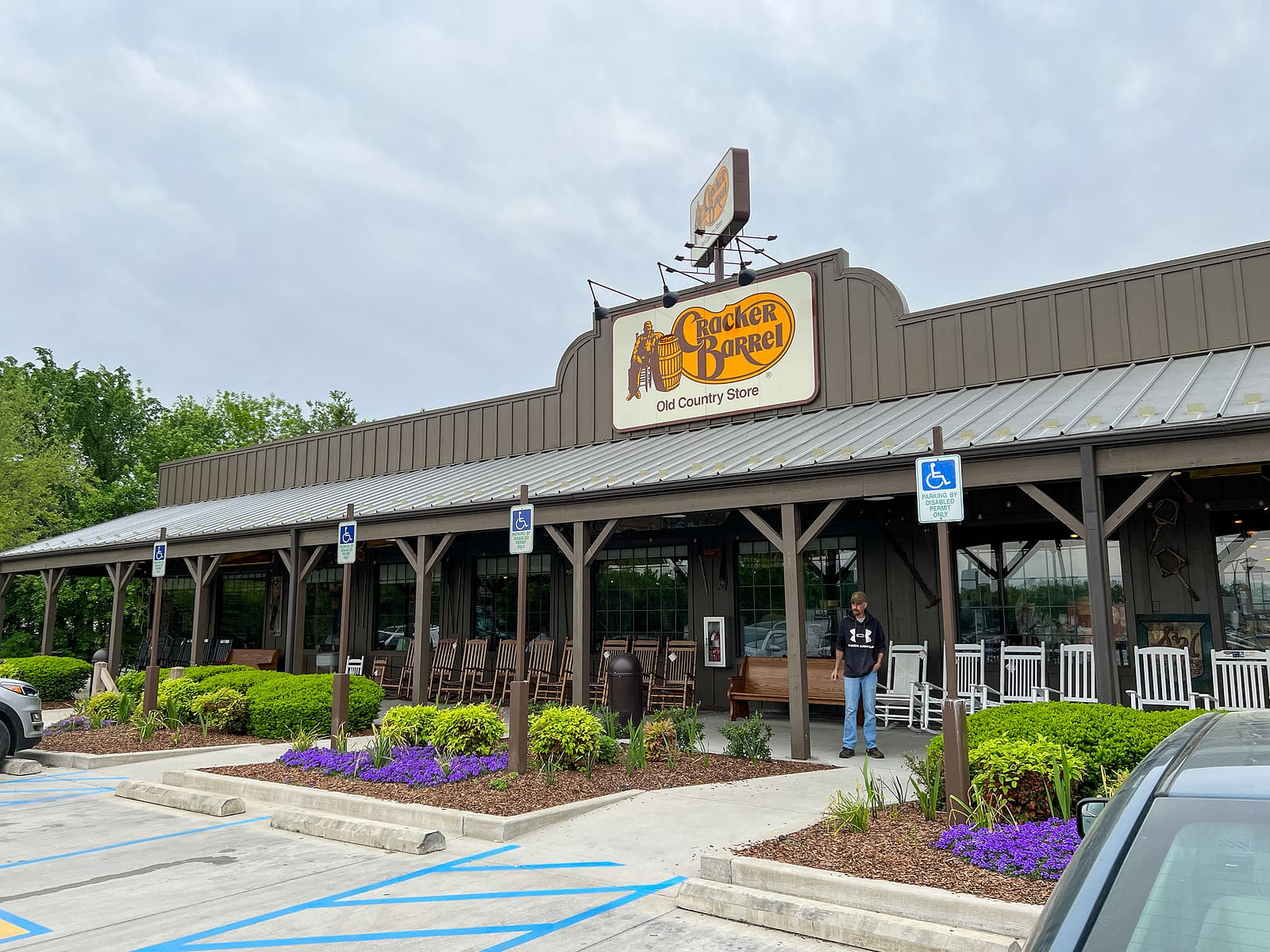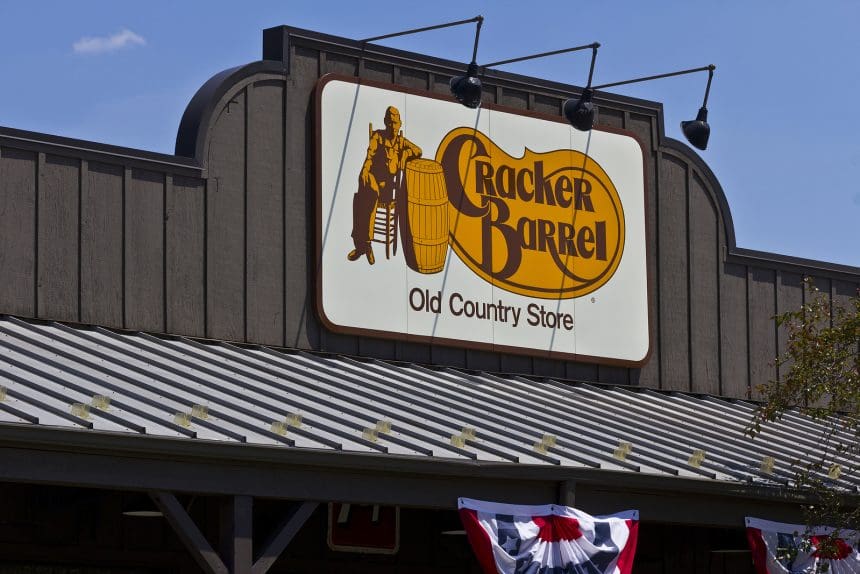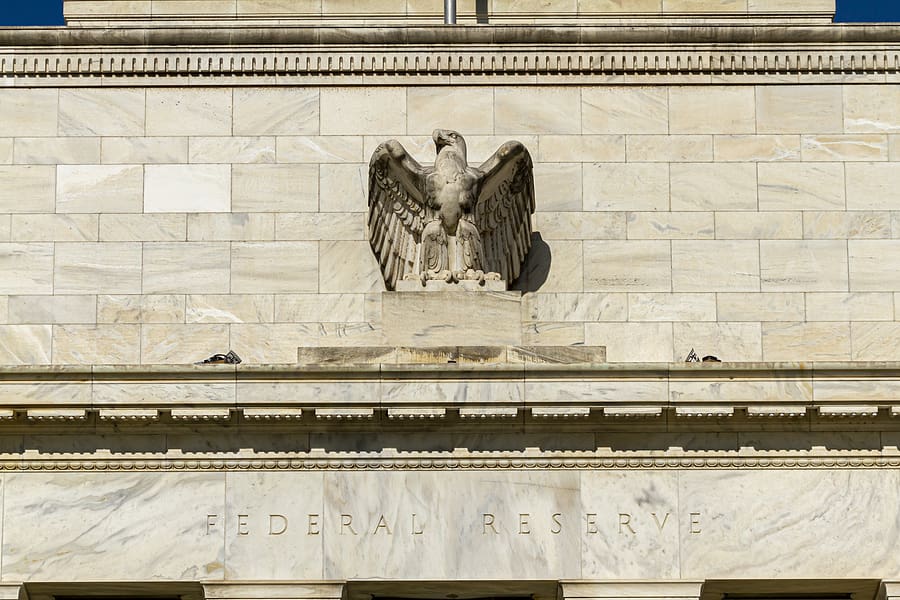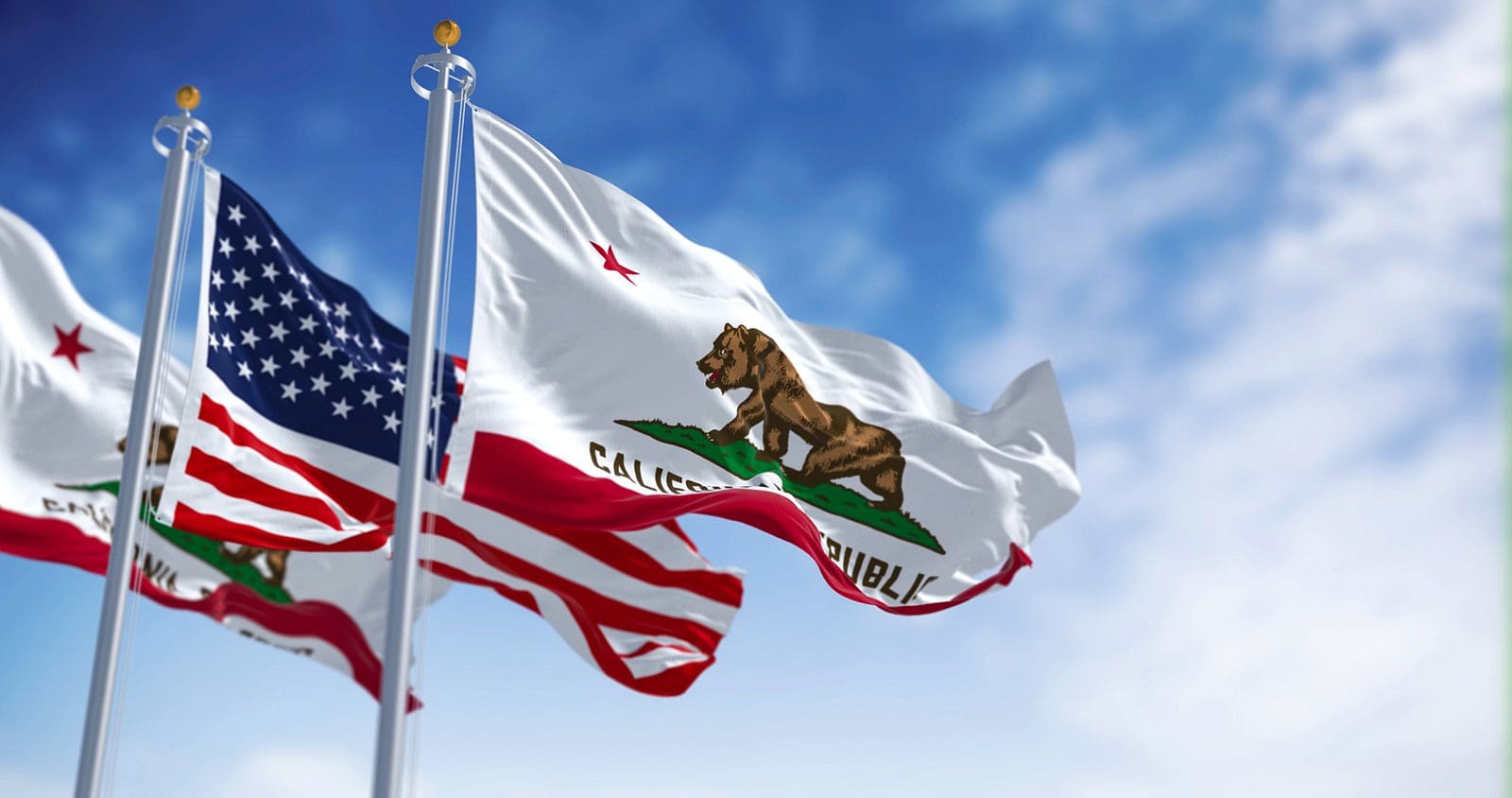
Cracker Barrel’s CEO Made the Right Call: A Lesson for Every Executive About Protecting a Successful Brand
ST. LOUIS, MO (STL.News) – Cracker Barrel Old Country Store has been a beloved American roadside staple for decades, renowned for its comfort food, rocking chairs, and nostalgic dining experience. When news broke that the company had attempted to modernize its logo and rebrand its image, the move was met with sharp backlash from customers and shareholders alike. The reaction was swift: the company’s stock price plunged, and loyal diners voiced outrage on social media.
Within days, CEO Julie Felss Masino and her leadership team reversed course, restoring the original logo and classic brand identity. It was, without question, the right decision. And it is also a powerful case study for other CEOs in corporate America.
Why Rebrand a Winning Formula?
The logic behind rebranding often comes from a mix of internal and external pressures. A new CEO may want to make a bold statement, branding consultants may pitch a “fresh look,” or executives may hope that modernizing will attract younger demographics. Sometimes, leaders misread cultural trends and believe a shift toward “woke” marketing is necessary to stay relevant.
But Cracker Barrel was already working. Its identity is built on tradition, Americana, and nostalgia—values that resonate deeply with its customer base. Attempting to strip away those defining elements risked alienating loyal patrons who value consistency over change.
The immediate backlash made it clear: rebranding a successful, recognizable brand can be far more damaging than leaving it untouched.
The Financial Cost of Ignoring Brand Equity
The controversy was not just cultural; it was financial. The logo rollout triggered a double-digit stock decline, wiping out nearly $200 million in market value in a matter of days. Activist investors, including Sardar Biglari of Steak ’n Shake, publicly criticized the move and called for new leadership.
This highlights a crucial reality for all CEOs: brand equity is a tangible financial asset. When a company strays too far from its core identity, shareholder value is directly at risk.
Reversing the decision helped stabilize Cracker Barrel’s stock, but the episode underscores how quickly misplaced strategies can erode market confidence.
Why Preserving Tradition Was the Right Move
By listening to its customers and restoring the original logo, Cracker Barrel did more than save face—it reinforced the strength of its brand. The decision not only reassured loyal diners but also restored investor confidence.
The company preserved what made it successful:
- Customer Loyalty – Guests feel connected to the original identity. Preserving it maintains trust.
- Cultural Identity – Cracker Barrel’s brand is Americana. Altering it dilutes its unique market position.
- Shareholder Value – Protecting brand equity safeguards market capitalization.
- Focus on Fundamentals – Instead of cosmetic changes, leadership can now concentrate on traffic, sales, and profitability.
Lessons for CEOs Everywhere
Cracker Barrel’s branding misstep offers a cautionary tale—and a blueprint—for other corporate leaders.
-
Don’t Fix What Isn’t Broken
If a brand is successful, changes should be evolutionary, not revolutionary. Overhauls can alienate your most loyal customers. -
Respect Brand Heritage
A logo, slogan, or theme is more than design—it carries decades of emotional connection. Protect that equity. -
Listen to Customers First
Customer loyalty is the lifeblood of any business. When your base pushes back, take it seriously. -
Remember Shareholder Accountability
The CEO’s first responsibility is to protect shareholder value. Unnecessary rebrands often destroy it. -
Focus on Real Problems
Operational efficiency, traffic growth, and revenue management are the key factors. Branding alone cannot solve deeper business challenges.
A Cautionary Example Turned Success
In reversing course, CEO Julie Felss Masino showed the kind of humility and responsiveness that can restore confidence. While the initial attempt to rebrand was misguided, the decision to keep the original Cracker Barrel identity was the right one.
Her course correction demonstrates to other CEOs that it’s never too late to listen, to realign with customer expectations, and to remember that not every trend or cultural shift requires a brand makeover.
Conclusion: Protecting the Power of a Brand
The Cracker Barrel saga should be required reading for corporate leaders across industries. It shows that in an era of constant change, stability can be a competitive advantage.
Executives must ask themselves: Are we strengthening the brand, or are we changing it for the sake of change?
In this case, Cracker Barrel’s leadership ultimately chose to protect what was working—and in doing so, delivered a valuable lesson for CEOs everywhere: sometimes the best decision you can make is not to change at all.
© 2025 STL.News/St. Louis Media, LLC. All Rights Reserved. Content may not be republished or redistributed without express written approval. Portions or all of our content may have been created with the assistance of AI technologies, like Gemini or ChatGPT, and are reviewed by our human editorial team. For the latest news, head to STL.News.










